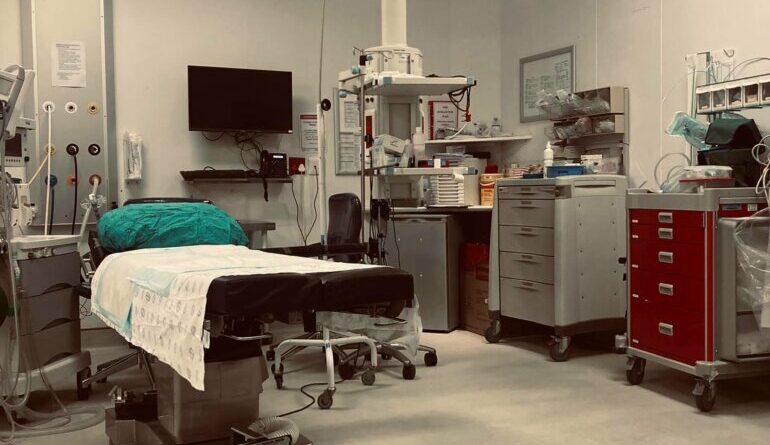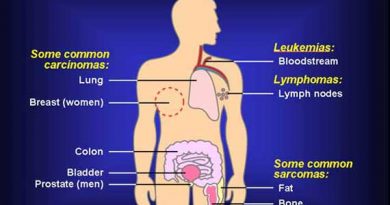5 Crucial points about informed consent in an emergency
If you’ve been a medical specialist for some time, it probably feels like a lifetime ago that you were on rotation in the ER. But what if you’re confronted with an emergency situation now in which you could potentially save a life? Here’s a refresher on the correct informed consent protocol.
By Katherine Graham on behalf of Medrisk.
Relationships between doctors and patients are based on mutual trust. That’s why it’s crucial that you give your patients sufficient information about their medical condition and obtain consent from them before proceeding with a proposed course of treatment. In the case of an accident or emergency, however, this may not be so streamlined, which is why it’s important that you bear the following pointers in mind.
1. Assess the patient’s mental state
According to Medrisk, the first step is to ascertain whether the patient is conscious enough to give consent in an emergency situation. If they can recognise the faces of those around them and know where they are, they may be in a position to give or withhold consent. Also bear in mind that should the patient not be in a fit state to give consent, you as the medical professional are not able to refuse them emergency treatment, as stated in Section 5 of the National Health Act.
2. Obtain consent from next of kin
In the event that the patient is unconscious or not mentally aware, consent can be obtained from the next of kin in this order: a person mandated in writing by the patient to provide consent on their behalf, a person authorised by a court order to give consent, a spouse or partner, a parent, grandparent, adult child or sibling. Section 7 of the National Health Act explains this hierarchy in more detail.
3. Do what is necessary to save the patient’s life
The next step is obvious: do what you’re trained to do and attempt to save the patient’s life. You are fully authorised in an emergency to take control and make decisions where it is necessary to save someone’s life or prevent their health from rapid deterioration.
4. Respect the patient’s wishes
That said, you must do your best to respect the patient’s previously expressed wishes. The Health Professions Council of South Africa (HPCSA) advises that: “The healthcare practitioner must respect the terms of any valid advance refusal by the patient which they know about or which is drawn to their attention”. For example, if a patient, when conscious, said that they did not want to be treated with a certain drug, such as penicillin, because they were allergic to it, you must respect their wishes even though they are now unconscious.
5. Explain to the patient what has been done and why
As soon as possible after the emergency treatment or procedure, the doctor will need to explain to the patient what done to them in their best interests, and why. This can obviously only be done when the patient has recovered sufficiently, to be in a position to understand what is being said. Healthcare providers also need to inform the necessary provincial health authorities within 48 hours if a patient is admitted to a hospital without consent, unless the patient is able to provide consent within a 24-hours period.
https://www.hpcsa.co.za/Uploads/Professional_Practice/Ethics_Booklet.pdf
Norton Rose Fulbright: Ten things to know about informed consent and emergencies




